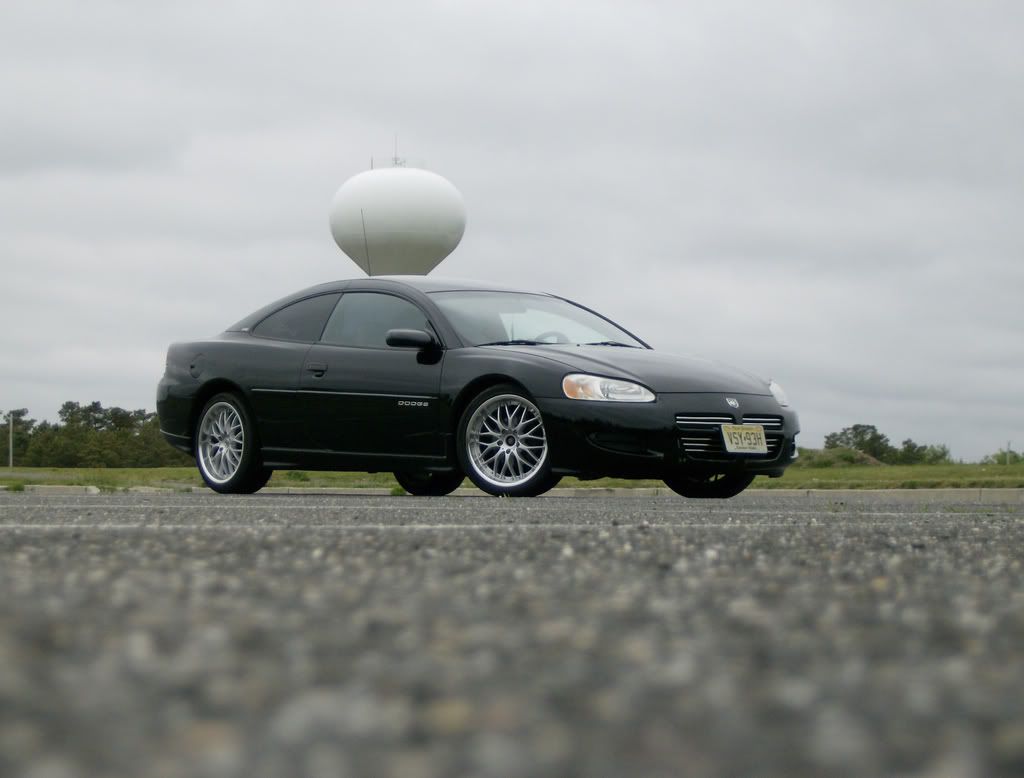A supercharger is belt driven off an engines crank pulley, such that its rotation depends on engine rpm. There are some that have a clutch operated pulley system that allows the supercharger to spin up to a desired speed and hold there throughout the rpm range; max boost instantly, or whenever you set it up to be.
"Forced induction" essentially increases the volumetric efficiency of an engine to that over the limits of natural aspiration. In a NA application, the VE of an engine varies on throttle position and rpm. In a FI application, you can have a VE of 100% (that is, 0psi of boost) at any throttle position and any rpm, if the turbo/supercharger is setup up to do so. This is possible because more air is being forced into your motor than the motor alone could suck in alone.
I used to have a 2000 Dodge Stratus Coupe with a mitsubishi 3.0L V6 engine. I extensively modified the car, adding a vortech v-1 s-trim supercharger, standalone computer, larger injectors, completely rebuilt motor, and much more. To make a long story short, having the supercharger on the car increased my cruising gas mileage about 10-15% compared to its stock NA form.
I sure do miss her. 550hp to the front wheels was very interesting:
